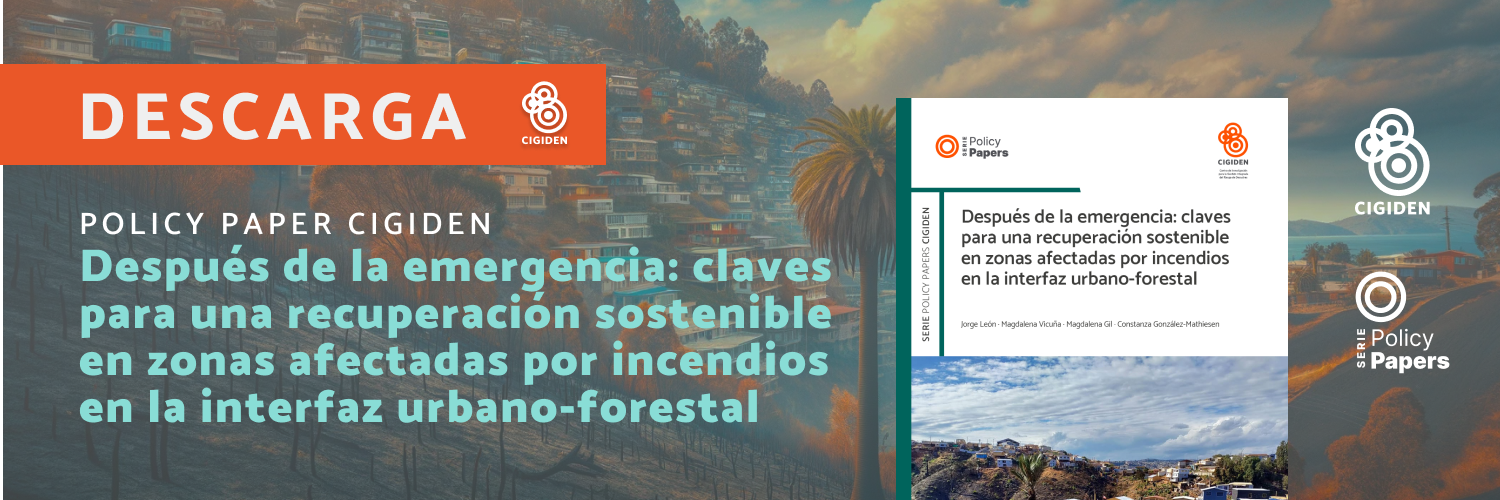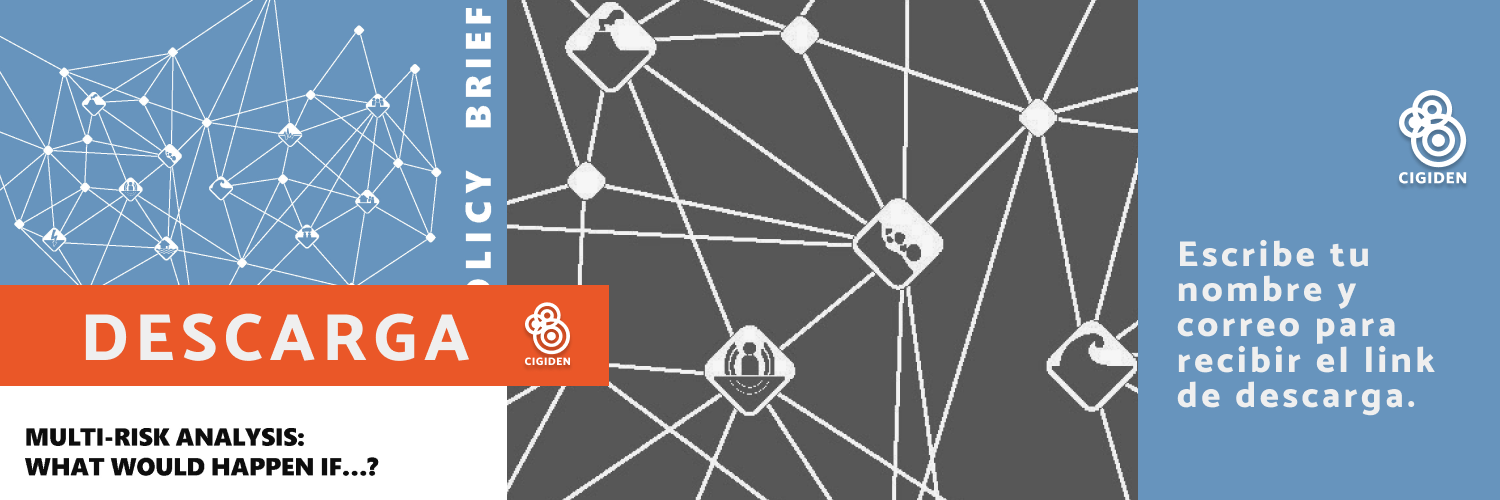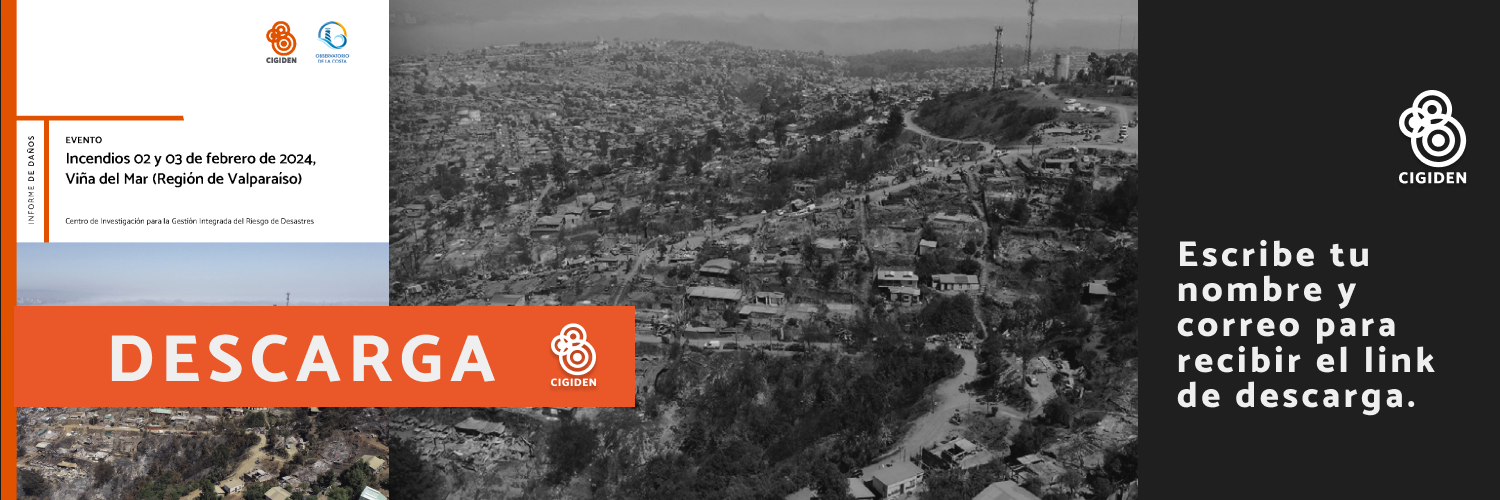«Flash floods are born from prolonged and/or heavy rainfall that the soil cannot absorb. With this premise, María Teresa Contreras of the University of Notre Dame, and Cristián Escauriaza of the Pontificia Universidad Católica de Chile, both from the Integrated Disaster Risk Management Research Centre (CIGIDEN), carried out a modeling study of the sediment concentration effects due to sudden floods in the Andean basin of the Metropolitan Region, the Ramón gully.
The study published in the scientific journal Natural Hazards and Earth System Sciences, replicated at the international site Geobites and supported by the American Geophysical Union, involved the development of a numerical model and simulations to understand the effects of different amounts of sediment transported in flash flooding. This allows us to visualize the impact on the speed, depth, extent, and force of the flood in the eastern urban area of Santiago.
«Simulations of rapid floods in these basins are particularly challenging, due to the complex morphology, insufficient hydrometeorological data, and the uncertainty posed by the sediment concentration variability in the studied area. High concentrations produced by hillside erosion, and stream formed by overland flow in areas with steep slopes and low vegetation cover, can significantly change the flow dynamics as flooding spreads in the stream,» the researchers explain in the paper.
Sediments and slopes
For the numerical model, data from the storms of the last few years in the Metropolitan Region were used, along with the intense rainfall that can cause large-scale flash flooding in Santiago, considering sediment amount, the slope of the gully, as well as the volume and width of the flow in the watercourse, responsible for causing a flash flood.
While conducting the simulations, experts found that the flow velocity in the lower section of the channel was reduced by up to 70%, as the sediment amount in the flood increased. This slowdown led to two effects: greater flood depths (about 60 centimeters), as well as more extensive floodings in Santiago. Besides, the flood force in the urban area increased by an average of 14.5%, leading to a maximum generated force of almost 70 tons, which can put housing and other critical infrastructure downstream at risk.
Finally, the study aimed to provide evidence to improve risk assessment, urban planning, and early warning systems in urban areas near mountain gullies affected by flash flooding.










